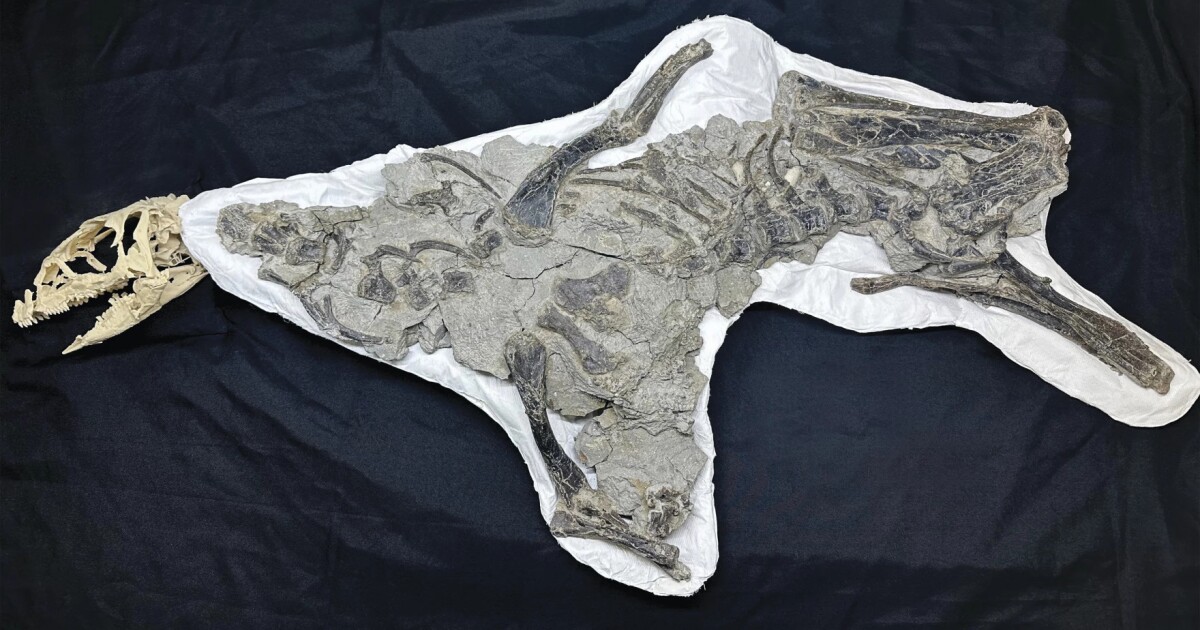Oracle NoSQL Database
Oracle NoSQL Database is designed for today’s most demanding applications that require low latency responses, flexible data models, and elastic scaling for dynamic workloads. It supports JSON, Table and Key-Value datatypes running on-premise, or as a cloud service with on-demand throughput and storage based provisioning.
Oracle NoSQL Database Cloud Service is now a fully managed database service running on Gen 2 Oracle Cloud Infrastructure hardware.
- Java SE 11 or later installed on all Storage Nodes
- Download and install a Java binary release suitable for your system. See the install and setup instructions on that page.
- Maven 3.5.0 or later for build
The project consists of following modules
- kvmain (includes all source code. All other modules except kvtest fetch compiled classes from kvmain)
- kvstore (generates kvstore.jar)
- kvclient (generates kvclient.jar)
- sql (generates sql.jar)
- recovery (generates recovery.jar)
- kvtest (Parent module for all tests that run in verify phase)
- kvstore-IT (All tests for kvstore, and all TestBase/Util classes, depends on kvstore.jar)
- kvclient-IT (kvclient tests, depends on kvclient and kvstore-IT for compilation)
- kvquery-IT (QTF tests, depends on kvstore, kvstore-IT and com.oracle.nosql.common:qtf)
- kvdatacheck-IT (Datacheck unit test, depends on kvstore and kvstore-IT)
- kvtif-IT (Text Index Feeder tests, depends on kvstore-IT)
- coverage-report (Run jacoco coverage report)
- httpproxy (source code for NoSQL Httpproxy)
- packaging (generates shell jars and release packages)
To compile only the source code:
clean is optional, it cleans the target folder before compile.
To compile with both source code and test code:
To build all KV artifacts and copy them with dependencies to a single folder:
[!NOTE] You can find the folder under packaging/target/. Above command will build and package all modules, but it will skip tests execution by default.
The default test profile "IT" includes all test modules. It takes about 14-16 hours to run all tests.
[!NOTE] It is possible to combine the test profiles. If you need to run both kvclient and kvquery tests, use: mvn -P it.kvclient,it.kvquery verify
General documentation about the Oracle NoSQL Database and the Oracle NoSQL Database Cloud Service can be found in these locations:
The Oracle NoSQL SDK drivers provide interfaces, documentation, and examples to help develop applications that connect to the Oracle NoSQL Database Cloud Service or Oracle NoSQL Database.
- Oracle NoSQL SDK for Java
- Node.js for Oracle NoSQL Database
- .NET SDK for Oracle NoSQL Database
- Oracle NoSQL Database Go SDK
- Oracle NoSQL Database SDK for Spring Data
- Oracle NoSQL Database Python SDK
- Oracle NoSQL Database Rust SDK
Oracle NoSQL Database Plugins enhances your experience of building an application:
- Oracle NoSQL Database IntelliJ Plugin. The Intellij plugins is hosted in GitHub.
- Oracle NoSQL Database Visual Studio Plugin. The Visual Studio Marketplace hosts a Visual Studios plugin for NoSQL
You can use Oracle NoSQL Database plugins to:
- View the tables in a well-defined tree structure with Table Explorer.
- View information on columns, indexes, primary key(s), and shard key(s) for a table.
- Create tables using form-based schema entry or supply DDL statements.
- Create Indexes.
- Execute SELECT SQL queries on a table and view query results in tabular format.
- Execute DML statements to update, insert, and delete data from a table.
- and much more
This GitHub repository contains Dockerfiles, documentation and samples to build container images for Oracle NoSQL.
Highlights
- This container image can be used by application developers who need to develop and unit test their Oracle NoSQL Database applications.
- Behind the scene, we are using KVlite, and I added HTTP Proxy support
- This container image was built on open-source NoSQL and published in GitHub Container Registry.
- Users can clone this repository and build their image or pull the image directly from the GitHub Container Registry
- There are 2 container images available, one using a secure configuration and one using a non-secure configuration
There are a few ways to get help or report issues:
- Open an issue in the Issues page or start a Discussion.
- Post your question on the Oracle NoSQL Database Community.
- Please send email to: NoSQL help mailbox
When requesting help please be sure to include as much detail as possible, including version of the SDK and simple, standalone example code as needed.
See the Changelog.
This project welcomes contributions from the community. Before submitting a pull request, please review our contribution guide
Please consult the security guide for our responsible security vulnerability disclosure process
Copyright (C) 2011, 2025 Oracle and/or its affiliates. All rights reserved.
This software is licensed under the Apache License 2.0. See LICENSE for details.
.png)




